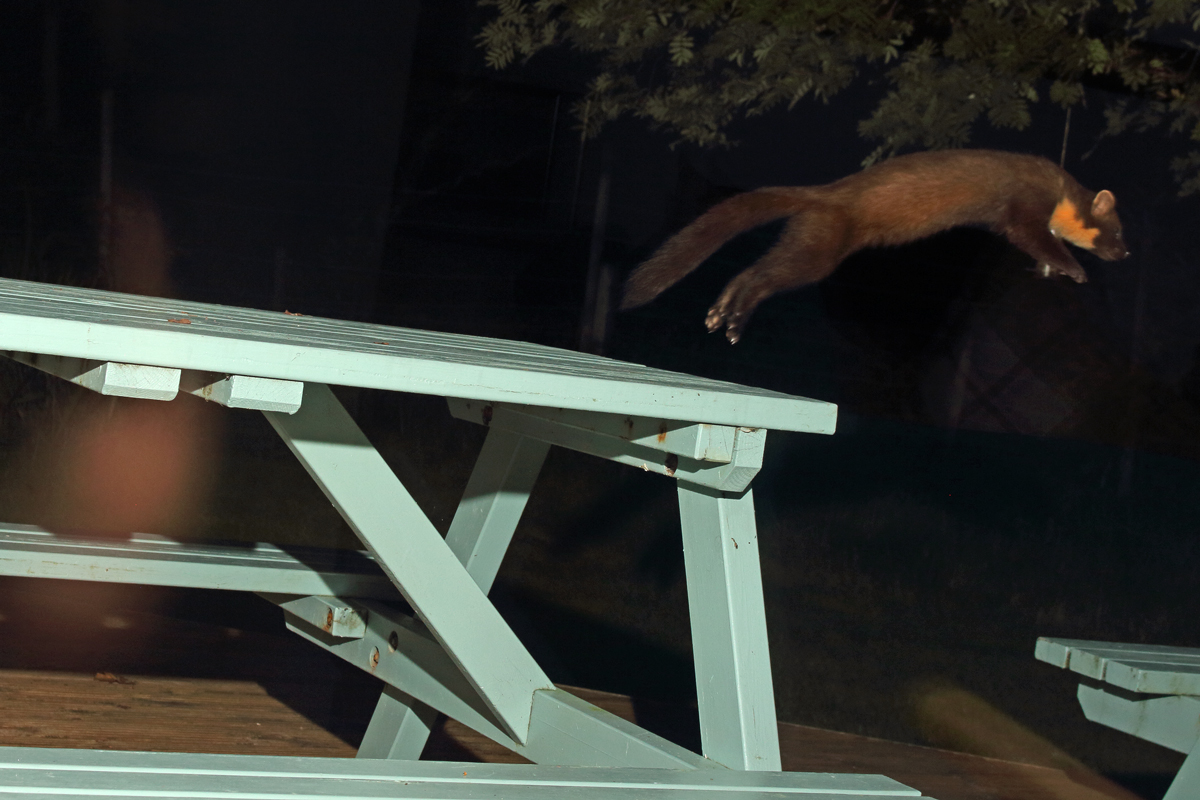Although I have managed to get out and about this week after work, I have struggled to catch up with my notes, sketches, blog posts etc. I blame social media. It has to reduce. Is it any wonder it is only drugs and the internet that call their market 'users'!
Last Sunday the weather was ok but with a clear night and a westerly wind, it didnt look good for birding so we took the opportunity to hunt for fungi a short way inland, still within our 10km square of course.
I find them incredibly difficult to id, but we managed a decent list and with the images, I got most identified from the field guide and some helped by the demon Facebook...
The list looks like this -
Birch Polypore Piptoporus betulinus
Common Puffball Lycoperdon perlatum
Orange Grisette Amanita crocea
Suede Bolete Xerocomus subtomentus
Brown Birch Bolete Leccinum scabrum
Pearly Webcap Cortinarius alboviolaceus
Fly Agaric Amanita muscaria
The Blusher Amanita rubescens
Porcelain Fungus Oudemansiella mucida
Orange Peel Fungus Aleuria auranta
Yellow Stagshorn Calocera viscosa
Larch Bolete Suillus grevellei
Red cracked Bolete Xerocomellus chrysenteron
False Chanterelle Hygrophoropsis aurantiaca
Amethyst Deceiver Laccaria amethystina
Egghead Mottlegill Panaeolus semiovatus
Glistening Inkcap Coprinus micaceus
Primrose Brittlegill Russula sardonia
Ochre Brittlegill Russula ochroleuca
Beech Milkcap Lactarius blennius
Grisette Amanita vaginata
Cep Boletus edulis
A Webcap Cortinarius pseudosalor
23 species and good showing.
 |
| Amethyst Decievers with an unknown of which there were many. |
 |
| Beech Milkcap |
 |
| Larch Bolete |
 |
| Orange Grisette |
 |
| Pearly Webcap |
On Wednesday 16th, there was a window of opportunity to have a seawatch.
Two, 2 hours sessions from Cullernose Point had -
Manx Shearwater 48
Sooty Shearwater 4
Arctic Skua 6
Bonxie 14
Common Scoter 70
Velvet Scoter 2
Pochard 7, unprecendented. An absolute mega that would have been the highlight of the day had they not been overshadowed by a stunning, adult, summer plumaged Sabine's Gull that came past, quite close in, with 30 Kittiwakes on my last scan of the day!
 |
| Adult Sabine's Gull with Kittiwakes. |
Knot 1
Shelduck 5
Wigeon 107
Teal 60
Red throated Diver 16 all S
Bar tailed Godwit 2
Puffin 30
Tufted Duck 3
Scaup 1
Pintail 1
Pale bellied Brent Geese 54
Unless stated they all went north. Not a bad four hours on the patch.
And finally to end this scrambled post, Gary Woodburn found a Buff-breasted Sandpiper at Low Newton while we were seawatching. He went for his camera and when he came back it had gone. Later on, it reappeared 5 miles down the coast on the wader hotspot that is Boulmer beach.
Having seen a few in the county over the years I didn't go for it the same day despite only being 3 miles away on me on my 2nd local patch. The next day was fine and sunny so after work I thought Id pay it a visit. It is new for Boulmer after all...
What a lovely little American wader, no bigger than a Turnstone, feeding on the beach at high tide facing regular flushings by dog walkers. I managed a few pics and left it to its business ...
 |
| Buff-breasted Sandpiper, Boulmer. |
It seems Blogger has changed again, this time for the better? I click my 1200 pixel wide images to original size and blogger has fiited them in my column width without faffing with the HDML code? Mmm, nothing is that easy....












































